Did you know that Earth is home to over 8 million species of plants and animals? That's biodiversity — the variety of life found in forests, oceans, deserts, and even your backyard. Biodiversity helps maintain a balanced nature and supports everything from clean air to food and medicine.
Now imagine countries that have a disproportionately large share of this natural treasure. These are called mega biodiverse countries. They have thousands of unique species found nowhere else on earth. From tropical rainforests to coral reefs, these places are bursting with life.
Do you know which country tops the list? Here's a hint for you: This country is home to the Amazon rainforest, the world's largest tropical forest, and countless rare species. In this article, we'll take a look at the world's most mega biodiverse countries, what makes them special, and why protecting them matters.
List Of 12 Mega Biodiversity Countries In The World
According to the World Economic Forum, here’s the complete official list of the megadiverse countries in the world:
| Country | Estimated Plant Species | Bird Species | Mammal Species | Unique Biodiversity Highlights |
| Brazil | 34,387 | 1,816 | 693 | Amazon Rainforest; 20% of the world's diversity |
| Indonesia | 19,232 | 1,723 | 729 | Coral Triangle marine diversity, 55% endemic plants |
| Colombia | 24,025 | 1,863 | 477 | Highest bird diversity globally |
| China | 31,362 | 1,285 | 622 | Rich endemism; giant panda habitat |
| Mexico | 23,385 | 1,105 | 533 | Diverse arid-to-tropical ecosystems |
| Australia | 19,324 | 725 | 355 | Unique marsupials, Great Barrier Reef |
| Peru | 19,812 | 1,861 | 490 | Andes and Amazon diversity |
| India | 45,000 | 1,212 | 440 | Western Ghats, Himalayas, tiger range |
| Ecuador | 18,466 | 1,629 | 392 | Galápagos Islands endemics |
| United States | 15,500 | 844 | 531 | Various biomes, high reptile diversity |
| Democratic Republic of Congo | 8,860 | 1,110 | 465 | Congo Basin; bonobos, okapi |
| Madagascar | 13,700 | 282 | 220 | 90% endemic species, unique lemurs |
1. Brazil
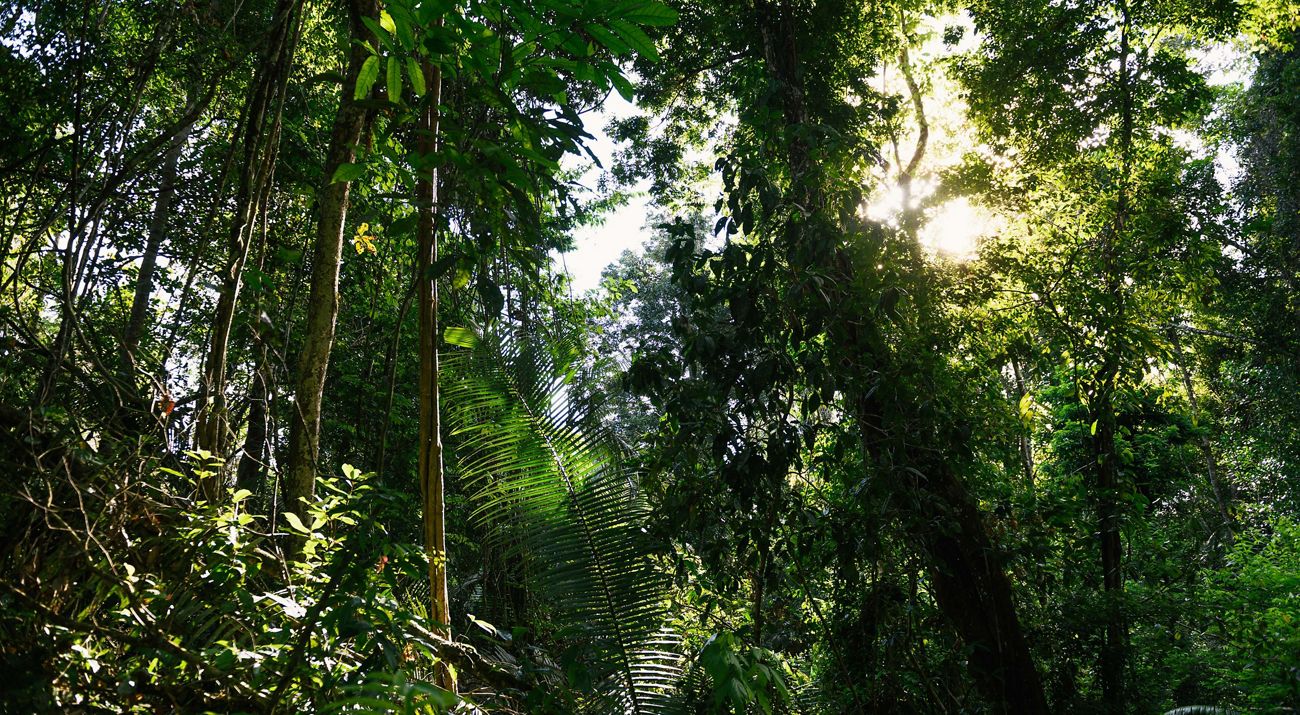
Brazil leads the world in global biodiversity, housing the Amazon Rainforest and accounting for roughly 20% of Earth's total biological diversity. It boasts 34,387 plant species, 1,816 bird species, and 693 mammal species. The Amazon is home to more than 40,000 plant species and over 700 mammals.
Brazil's aquatic ecosystems are equally diverse, supporting 4,738 fish species. Endemism includes the golden lion tamarin, the Amazon river dolphin, and the iconic jaguar. Despite its rich resources, Brazil struggles with deforestation, which threatens the extinction of thousands of endemic species and disrupts the global ecological balance.
2. Indonesia
Indonesia's archipelagic geography gives rise to unparalleled marine and terrestrial biodiversity. With 19,232 plant species, 1,723 bird species, and 729 mammals, it is globally ranked second in species richness. The country lies at the heart of the Coral Triangle, supporting 4,813 species of fish. Over 55% of its 25,000 flowering plants are endemic to the island. Unique animals, such as the Komodo dragon, orangutan, and Javan rhino, are native to this region. However, intensive deforestation and habitat loss threaten many species, including some that are critically endangered.
3. Colombia

Colombia holds the highest number of bird species worldwide, with a current total of 1,863. It is home to 24,025 plant species and 477 mammal species, thriving in diverse habitats from Amazonian lowlands to Andean peaks. Colombia's amphibian population is notable at 812 species. Rich mammal diversity includes sloths, jaguars, and tapirs. The nation's commitment to conservation is threatened by ongoing deforestation and agricultural expansion, which impact vital habitats for numerous endemic plants and animals.
4. China
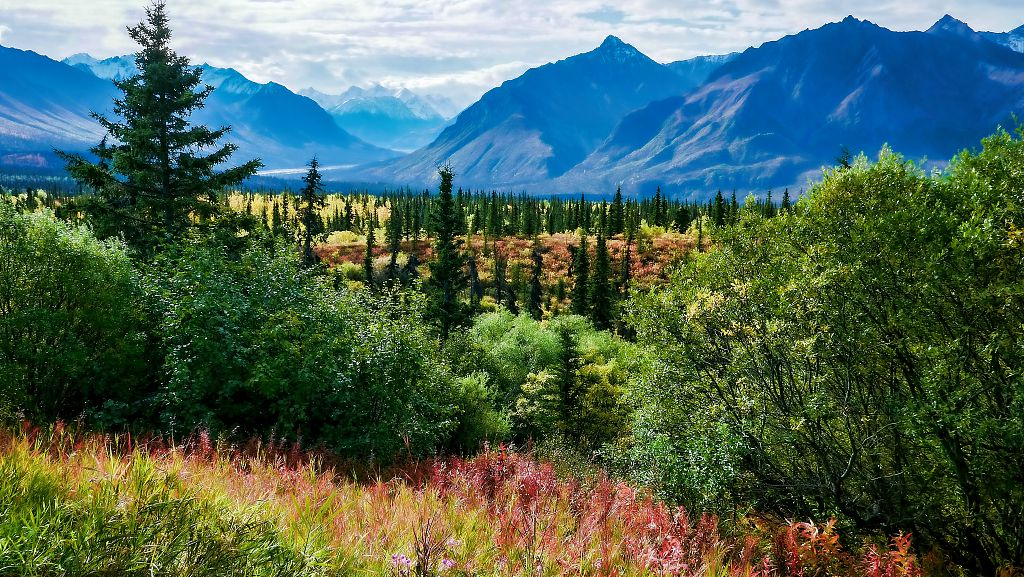
China is highly diverse, hosting approximately 31,362 plant species, with around 50% of these being endemic to the country. It has 1,285 documented bird species, 622 mammal species, and 540 amphibian species. Unique wildlife includes the giant panda, golden snub-nosed monkey, and endemic flora in Yunnan and Sichuan. China covers major ecozones, and its conservation policies have helped raise awareness for threatened species. Yet, rapid urbanisation and habitat loss remain critical conservation challenges.
5. Mexico
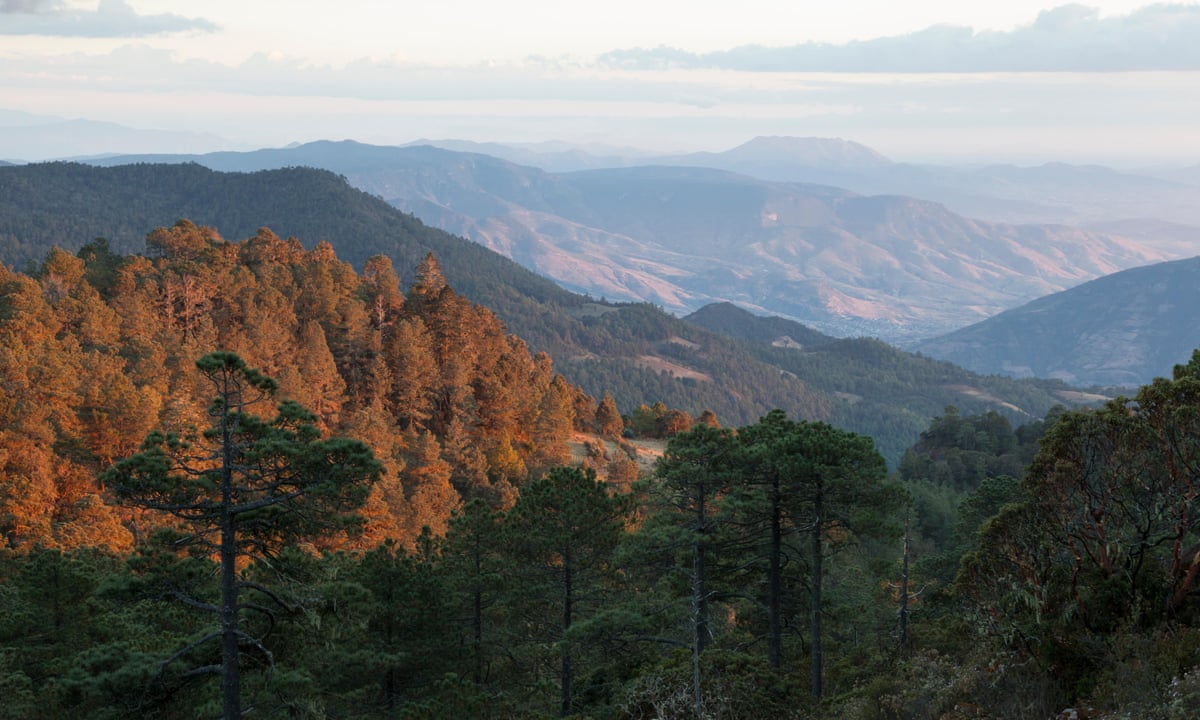
Mexico is a hub for both arid and tropical biodiversity, supporting 23,385 plant species, 1,105 bird species, and 533 mammals. The country's ecosystems range from deserts to rainforests, enabling high numbers of endemic reptiles (988 species) and amphibians (411 species). Mexico has the world's most incredible diversity of cacti and agave plants. Ongoing threats include land use change and illegal wildlife trade, which imperil its unique biological heritage.
6. Australia

Australia exhibits immense endemism due to its geographic isolation. Home to 19,324 plant species, 725 birds, and over 355 mammals, its fauna includes kangaroos, koalas, and wombats. Australia holds the world's largest number of reptile species (1,131). Its marine environments feature the Great Barrier Reef, one of the planet's most biodiverse zones. Habitat loss, climate change, and invasive species increasingly threaten both flora and fauna.
7. Peru

Peru combines Amazonian rainforests and high-altitude Andean ecosystems, boasting 19,812 plant species, 1,861 bird species, and 490 mammal species. It is noted for its 655 amphibian species and more than 1,500 fish species. Peru's biological wealth includes rare endemics found nowhere else, like the spectacled bear. However, mining, agriculture, and deforestation pose significant challenges to the conservation of species.
8. India
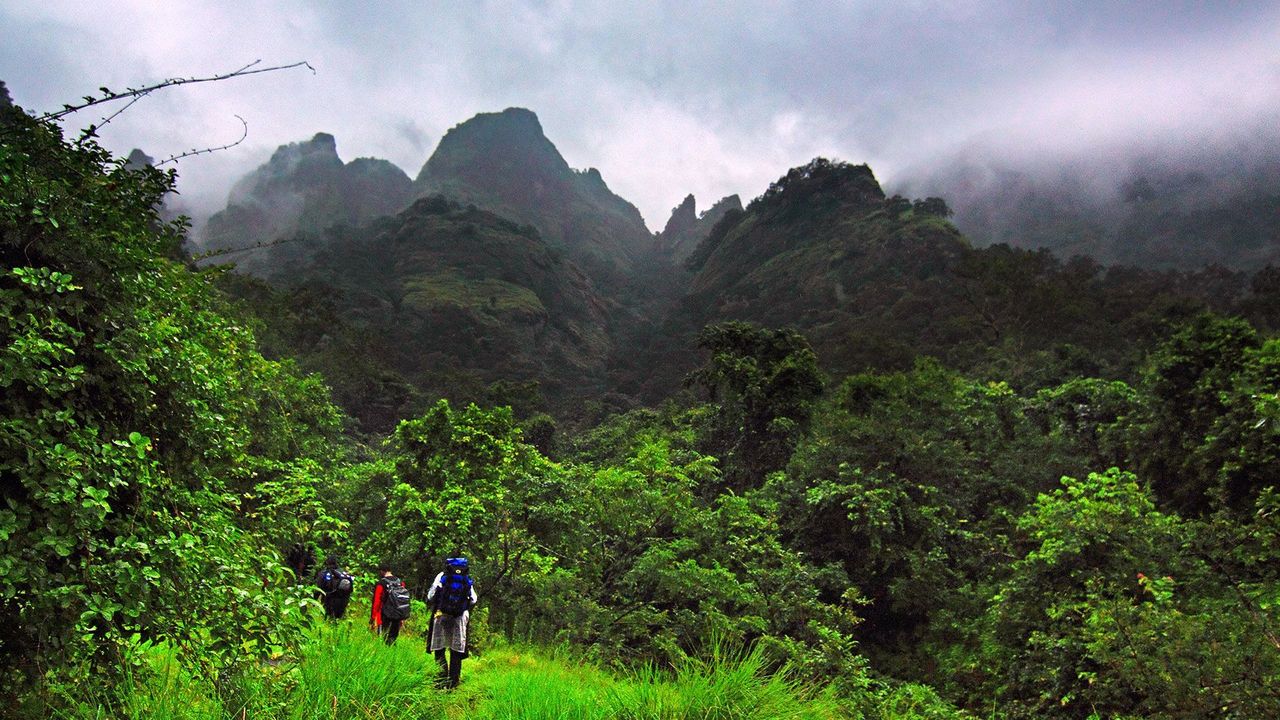
India's tremendous diversity encompasses 45,000 plant species and high concentrations of endemism in the Western Ghats and Himalayas. It harbours 1,212 bird and 440 mammal species, including icons such as tigers and Asian elephants. Rich wetlands and coastal zones support 2,601 fish species. Population pressure and habitat loss remain critical issues for the protection of Indian biodiversity.
9. Ecuador
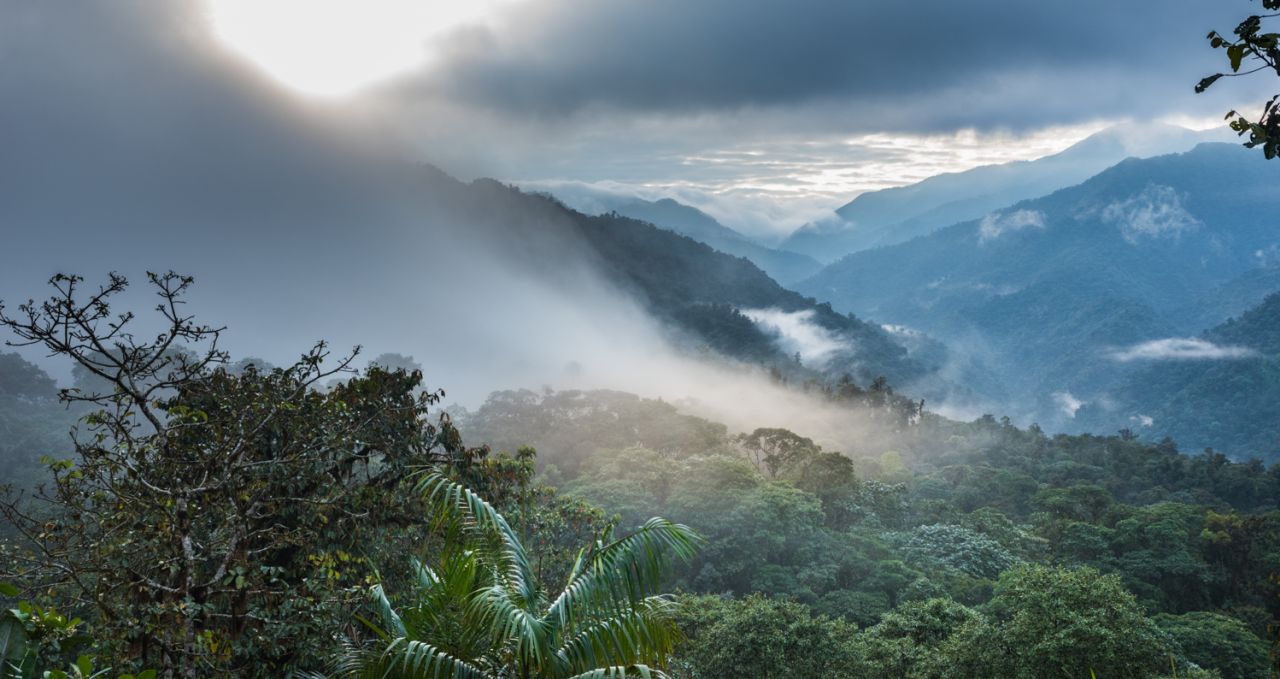
Ecuador, home to the Galápagos Islands, is home to 18,466 plant species and 1,629 bird species. Its mountains and rainforests contain high endemism, with 659 amphibian and 392 mammal species. The Galápagos Islands are central to evolutionary research, as well as the study of their endemic reptiles and birds. Conservation challenges include the presence of invasive species and habitat loss.
10. United States
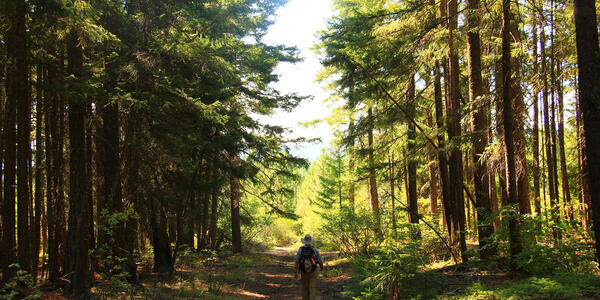
The United States encompasses a diverse array of biomes, featuring 15,500 plant species, 844 bird species, and 531 mammal species. The country ranks high in reptile (556) and fish diversity (3,081 species). Rich biodiversity is observed in locations such as the Everglades, the Rockies, and California's coastal habitats. Conservation efforts continue to address habitat fragmentation and endangered species.
What Country Has The Highest Diversity?
Brazil is generally recognized as the most biodiverse country on Earth. It hosts an estimated one-tenth of the world's total species. The country's diversity is attributed to its vast, varied ecosystems, including the Amazon Rainforest, the Atlantic Forest, and the Pantanal wetlands. It leads the world in counts of known mammals and freshwater fish species and has over 55,000 species of plants, many of which are endemic.
Where Is Most Of Earth's Biodiversity?
Most of Earth's biodiversity is concentrated in the tropics, particularly in tropical rainforests and coral reefs. Tropical rainforests, such as the Amazon, are known for their high temperature, humidity, and constant solar energy, supporting an unparalleled number of species.
Similarly, coral reefs are the marine equivalent of rainforests, hosting a quarter of all marine life. A significant portion of global diversity is also found in the 36 designated Biodiversity Hotspots, which cover only 2.5% of the land but contain over half the world's endemic plant species.
How Many Mega Biodiversity Countries Are There In The World?
There are 17 officially recognised megadiverse countries in the world. This classification was first established by the World Conservation Monitoring Centre (WCMC) of the United Nations Environment Programme.
These 17 nations, which include Brazil, Indonesia, and Mexico, collectively cover only about 10% of the Earth's surface but are home to an estimated 60-80% of the world's total terrestrial, freshwater, and marine biodiversity. The 17 official megadiverse countries, identified by the World Conservation Monitoring Centre (WCMC), are:
- Australia
- Brazil (Often ranked as the most biodiverse)
- China
- Colombia (Often ranked as the most biodiverse per area unit)
- Democratic Republic of the Congo (DRC)
- Ecuador (Home to the Galapagos Islands)
- India
- Indonesia
- Madagascar
- Malaysia
- Mexico
- Papua New Guinea
- Peru
- Philippines
- South Africa
- United States of America (USA)
- Venezuela
These nations hold the majority of the world’s plant and animal species and are crucial for global conservation efforts.
Which Country Has The Biggest Biodiversity In The World?
Brazil holds the undisputed position as the country with the biggest overall biodiversity. It is home to approximately one-tenth of the world's species. Brazil's enormous size, coupled with the fact that it contains 60% of the Amazon rainforest, the largest tropical forest, grants it this distinction. It has the world's highest count of amphibian, mammal, and plant species, solidifying its ranking as the most biologically rich nation on the planet, an ecological treasure trove.
What Is India's Rank In Mega Diversity Countries?
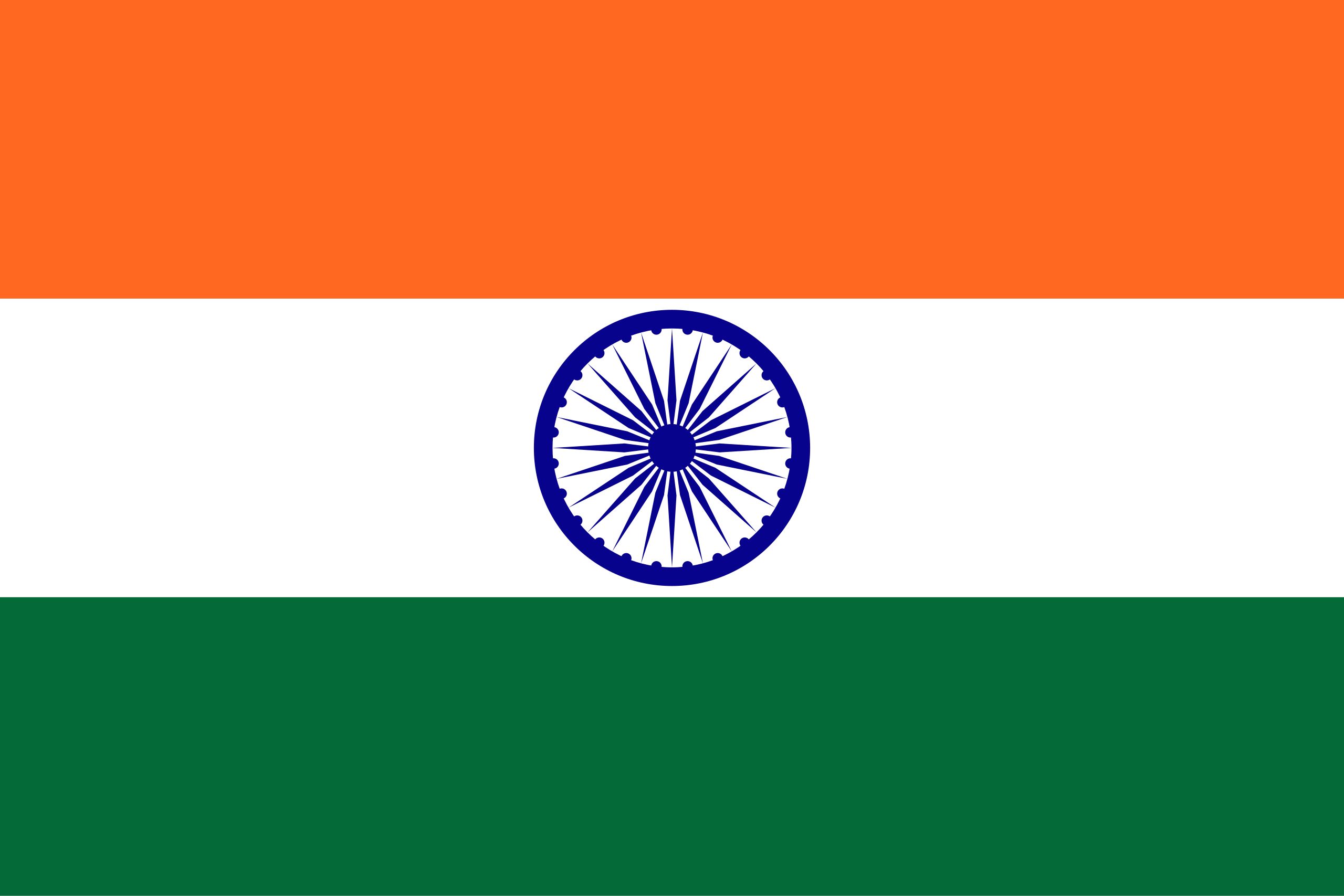
India is officially recognized as one of the 17 megadiverse countries of the world, a list that includes the nations with the planet's highest concentration of species. While India’s precise numerical ranking fluctuates depending on the metric used (plants, birds, endemics, etc.), it is consistently placed within the top 10 to 12 globally for overall species diversity.
It harbors nearly 8% of the world's recorded species and is unique for containing four major global biodiversity hotspots: the Himalayas, Indo-Burma, the Western Ghats, and Sundaland.

Comments
All Comments (0)
Join the conversation